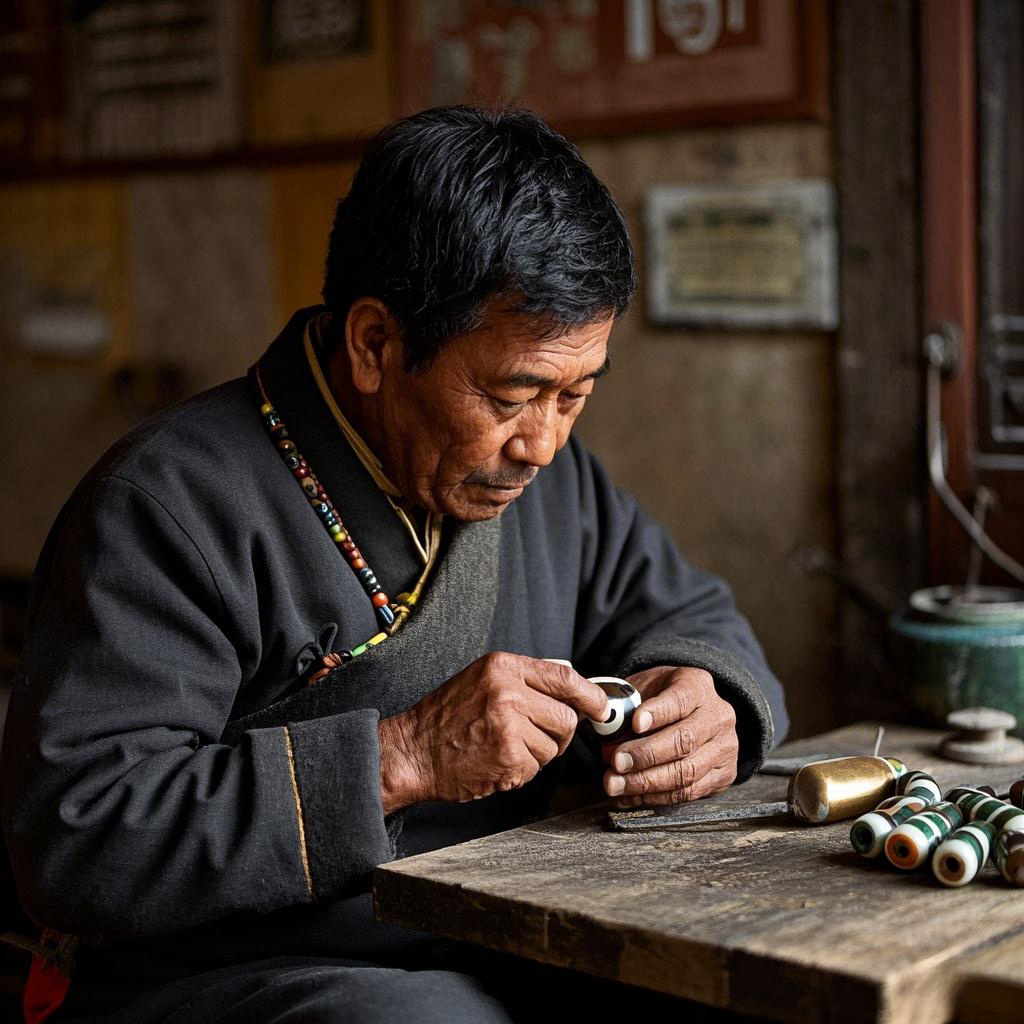Prayer beads, or mala, are among the most cherished spiritual tools in Tibetan Buddhism. Beyond their beauty, these beads hold deep spiritual meaning, symbolizing devotion, mindfulness, and connection to the sacred. But how are these timeless pieces made? Let’s take a closer look at the craftsmanship behind Tibetan prayer beads.
The Materials: Sacred and Intentional
Tibetan prayer beads are crafted with profound intention, often using materials imbued with spiritual significance:
• Wood and Seeds: Representing life, growth, and connection to nature. Bodhi seeds, in particular, are a popular choice as they symbolize the tree under which the Buddha attained enlightenment.
• Bone: Often made from yak bone, these beads remind practitioners of impermanence, a core teaching of Buddhism.
• Gemstones: Stones like turquoise, coral, and jade are believed to hold healing and protective energies.
The Process: A Labor of Devotion
Crafting prayer beads is not merely a task but a sacred ritual in itself:
1. Selection of Materials: Each bead is chosen with care, ensuring its quality and spiritual resonance.
2. Hand-Carving and Polishing: Skilled artisans carve and polish each bead, often chanting mantras during the process to infuse them with positive energy.
3. Stringing the Mala: The 108 beads are carefully strung, with each bead representing a prayer or mantra recited during meditation.
The Spiritual Power of Prayer Beads
Prayer beads are more than tools for meditation; they are companions on the spiritual journey. Each time you move a bead between your fingers, you engage in a tactile meditation, anchoring your focus and calming your mind.
At Lost Shambhala, we honor this ancient tradition by offering handcrafted malas made with authentic materials. Every strand carries the spirit of Tibetan craftsmanship, allowing you to connect with centuries of wisdom.


